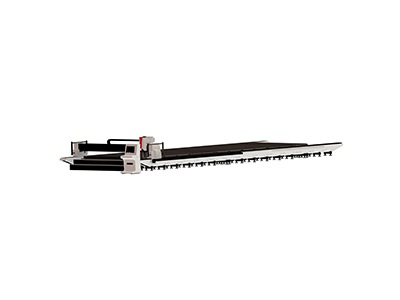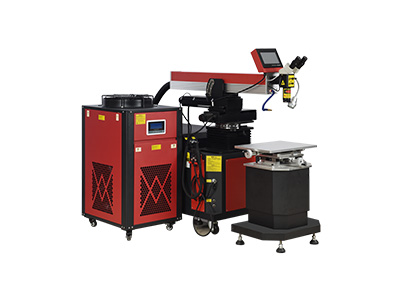- No.609, Centre Of Huijin Nanxiang, Yinxiang Road, Nanxiang Town, Jiading District, Shanghai, China
- sherry@sanmachines.com
- +86-18616767021
How should the pulse width of a laser welding machine be selected?
During the welding process of a laser welding machine, the selection of pulse width (pulse width for short) is one of the important parameters that affect the quality and efficiency of welding. The correct pulse width setting can not only improve the accuracy and consistency of welding, but also effectively reduce the heat-affected zone of the material, thereby improving the performance and life of the entire product. Next, SAN LASER will share with you how to choose the appropriate pulse width according to different application requirements and provide some practical suggestions.

1. Basic concept of pulse width
Pulse width refers to the duration of a single laser pulse, usually in microseconds (μs) or milliseconds (ms). It directly affects the distribution characteristics of laser energy, which in turn determines the way heat is input to the workpiece. Shorter pulse widths can produce higher peak power, which is suitable for rapid heating of thin materials; while longer pulse widths help to uniformly heat thick materials and promote the formation of a molten pool.
2. Factors to consider when selecting pulse width for laser welding machines
Material thickness: For thinner plates, a shorter pulse width is recommended to avoid overheating; for thicker materials, the pulse width needs to be appropriately increased to ensure sufficient heat penetration.
Material type: Different materials have different absorption rates for laser energy. For example, highly reflective metals may require longer pulse widths to achieve the desired welding effect.
Welding speed: As the moving speed increases, the pulse width often needs to be shortened accordingly to maintain the same energy density.
Desired weld shape: Slender welds are suitable for shorter pulse widths, while wide and flat joints are more suitable for longer pulse widths.
3. Pulse width adjustment tips in laser welding machine practice
Experimentation and verification: Through small batch test samples, gradually adjust the pulse width until the best match is found. This step is especially important when handling a new project for the first time.
Refer to the manufacturer's guide: Most laser equipment suppliers will list the recommended pulse width range for common material types in their user manuals. Use this information as a starting point for fine-tuning.
Use software simulation tools: Modern advanced laser welding systems are usually equipped with simulation software that can pre-simulate the welding effects under different pulse widths to help quickly determine the ideal parameters.
Monitor and record data: Pay close attention to changes in welding quality during actual operation and adjust the pulse width in time to cope with any deviations. At the same time, detailed records are kept for subsequent analysis and optimization.
Among the many parameters of laser welding machines, the selection of pulse width is undoubtedly very critical. SAN LASER deeply understands this, and the laser welding machines it produces are professional and considerate. Before each device leaves the factory, the corresponding pulse width will be accurately set according to the customer's production needs, saving customers from many debugging troubles. This not only reflects SAN LASER's persistent pursuit of product quality, but also demonstrates its high attention to customer production efficiency and benefits, allowing customers to start production with peace of mind from the beginning and enjoy the convenience and advantages brought by SAN LASER.
Related product links


































 Welder News
Welder News




